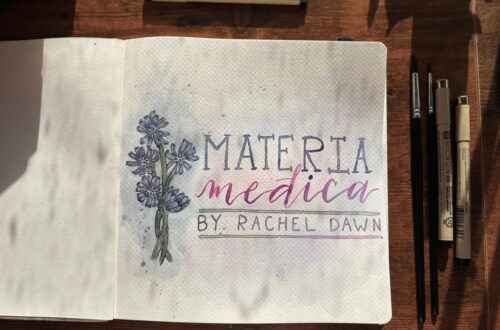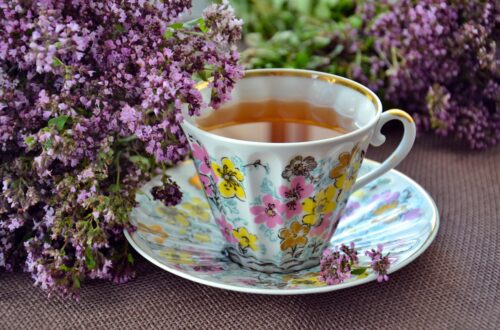Tincture Cream
I’ve had an idea brewing. What if I could make a lotion or cream with tinctures in it? As a beginning herbalist, I’m trying to find a way to incorporate the power of tinctures into a skin cream or lotion.
Because my body is so sensitive, I wanted a low key way of getting the benefits of a tincture. By low key, I mean using a cream or lotion instead of taking a tincture by mouth. There is nothing wrong with taking tinctures orally. In fact, that’s the best way to get all the good stuff that a tincture offers the body. But my body tends to be super sensitive to herbs, so I wanted to start subtle and slow.
First Step
The first step to making this blemish and skin cream is to make your tinctures. I was looking for a cream that would help with pain, clean out the skin, but also relax the body. Since that was my goal, I decided to use a turmeric tincture, lemon balm tincture, and a lavender glycerine.
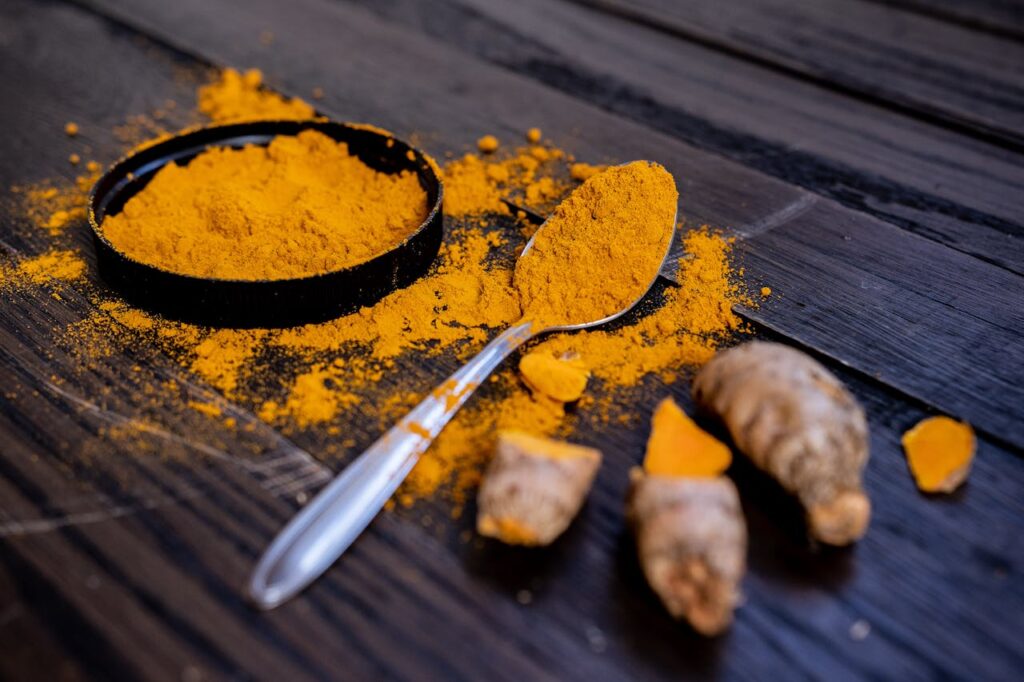
Second Step
After I made the tinctures, the second step was to research and decide which skin creams were best. I wanted the creams to be nourishing and calming to the skin. I decided to use coconut oil, shea butter, and sweet almond oil.
Third Step
Next I researched the simplest way to make a lotion or cream. I hate babysitting stuff at the stove. I’m a foster mom with little people running all over the place, and the last thing I want to do is wait impatiently by the stove for the cream to melt. After a bunch of research, I finally found a solution. It’s genius! I read about it and listened to it on this podcast called, CommonWealth Holistic Herbalism. It’s podcast number 154 titled Enhancing Herbal Salves with Tinctures. They describe the process so well! But the tool you need to get is (drum roll) a mini crockpot!!! Set it to warm and you are good. For more details on how to use the crockpot, check out the podcast.
Fourth Step
Then it was time to decide on the measurements for each ingredient. I didn’t want the lotion to be super hard. I wanted it to glide on and melt when I rubbed it between my fingers. The proportions I decided to use melted perfectly, but I do recommend storing it in a dark cool place. In your purse on a hot day, it could melt and maybe even leak.
Blemish & Skin Cream Ingredients
4 tbs Coconut Oil
3 tbs Shea Butter
1 1/2 Sweet Almond Oil
4 drops Lavender Essential Oil
1/4 tsp Turmeric Tincture
1/4 tsp Lemon Balm Tincture
1/4 tsp Lavender Glycerin
1/8 tsp Arrowroot Powder
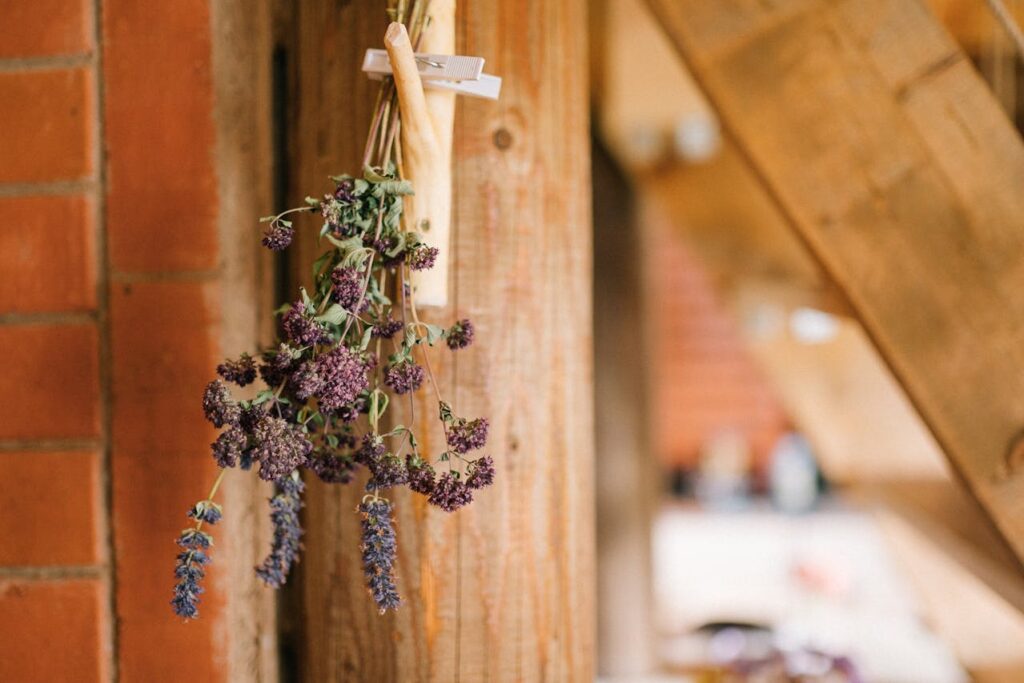
Fifth Step
Blemish & Skin Cream How To Directions
For the fifth step, I put all the ingredients into the mini crockpot and set it to warm. Keep the lid off so that water can evaporate, and stir throughout the day. If your crockpot gets super hot on the warm setting, stir often. Otherwise just stir every hour or so in order to allow all the water to evaporate. At night, turn the crockpot off and store it in the fridge. The next morning, check for water that hasn’t hardened. If there is still water that hasn’t hardened, this means you need to warm the cream again to evaporate the remaining water. Repeat this process until no water remains. When the water is gone, take the refrigerated cream and whip it up with a hand mixer until it looks like lotion or has a butter consistency. Store in the fridge or a cool, dark place.
Blemish & Skin Cream Uses
This cream can be used on blemishes. It helps calm them down and reduces inflammation. A tiny bit goes a long way. It can also be used for period craps. Just rub the lotion on your lower abdomen where you feel the pain. Other uses are for muscle pain, or insomnia. This lotion is only meant to be used up to three times daily.
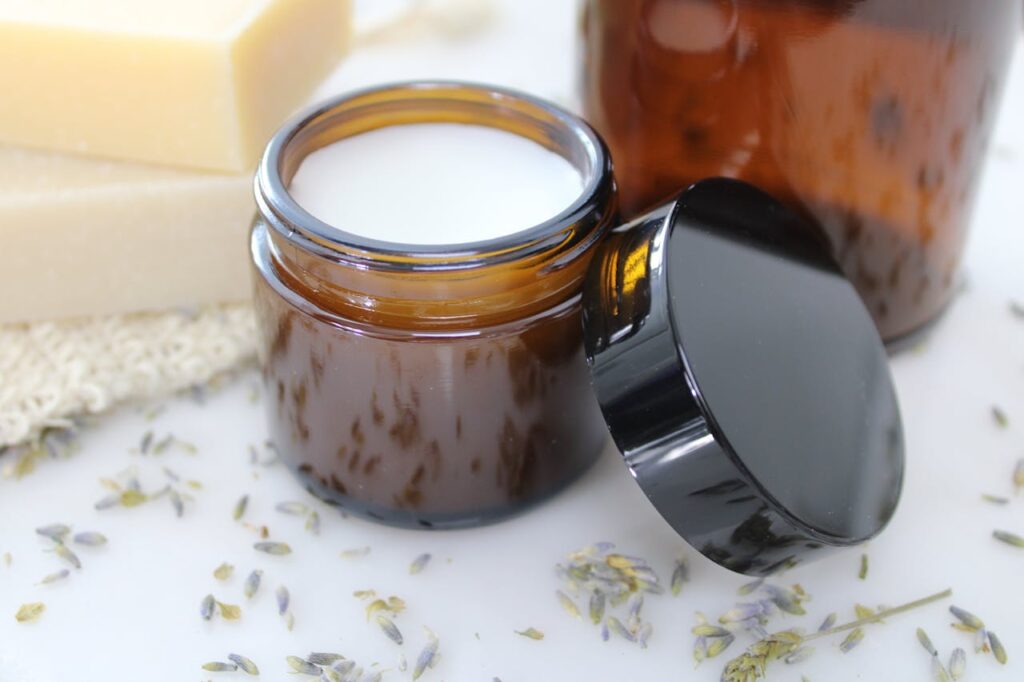
Test before Use
Remember to test! Try rubbing a half of a dime sized amount of the cream on your wrist and waiting 30 minutes to see how your body reacts. It’s possible to have an adverse reaction or contraindications with other drugs or supplements you are presently taking. To be sure it’s safe, always check with your doctor before trying any herbal supplement. You could also see an experienced herbalist and ask whether the herbs are safe for you.
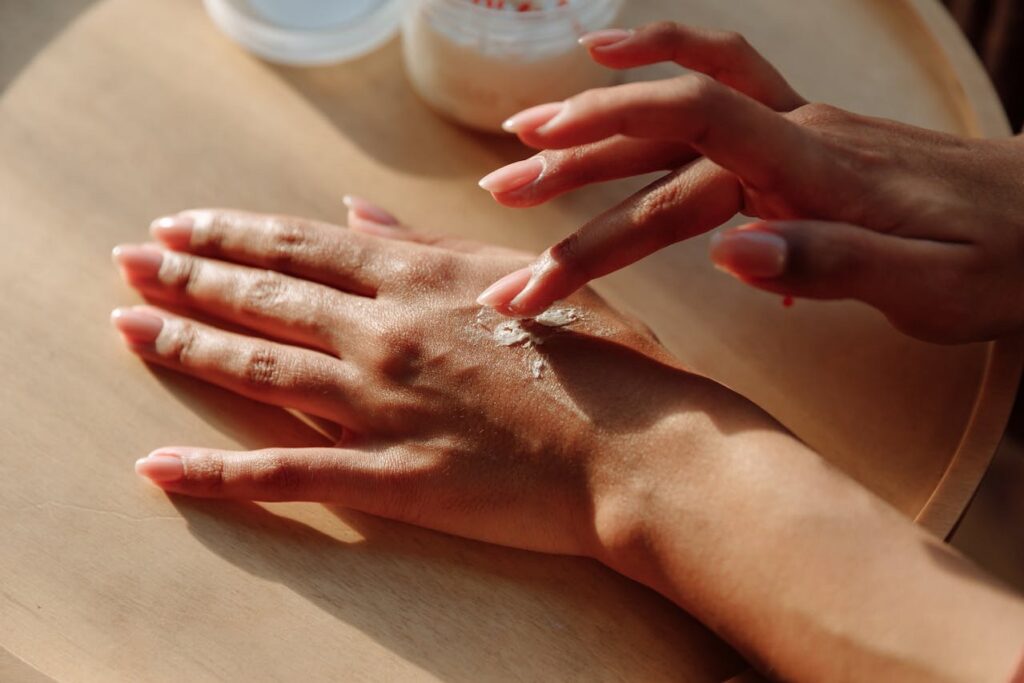
Conclusion
I still can’t believe how simple it is to make this cream. I was excited to find a way to get the benefits that come with a tincture without having to take them orally. This way all the constituents of the plant enters through the skin. In the future, I’d love to try making different recipes for specific needs. And if you end up making the cream, I’d love to hear about it!



